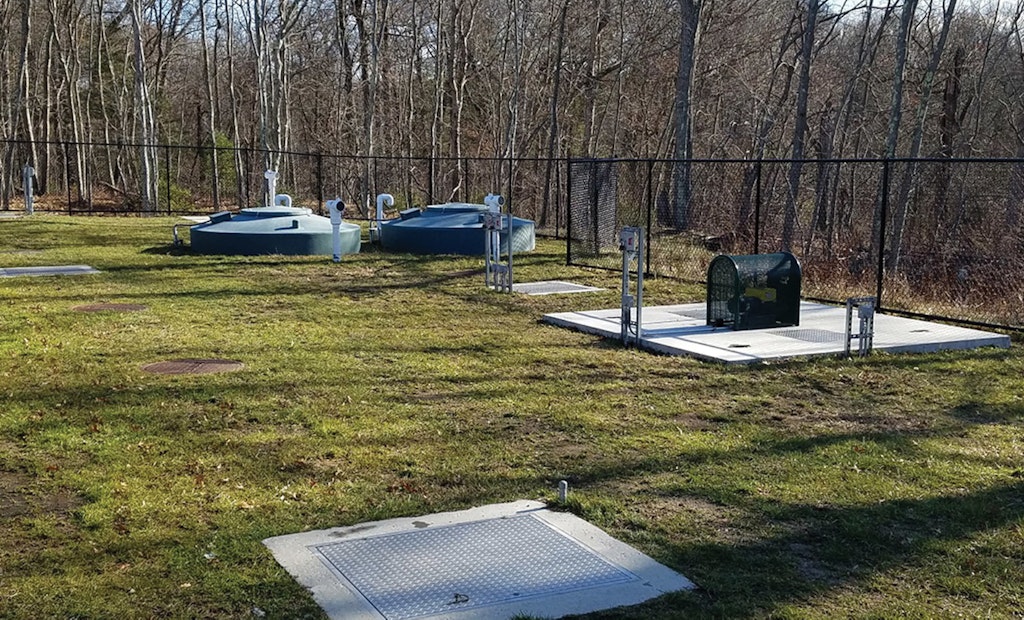Housing complex meets effluent standards with hybrid system
Problem: The Massachusetts Department of Environmental Protection determined that the three conventional septic systems used by the Parker Terrace housing complex in Easton failed and were polluting the local...






